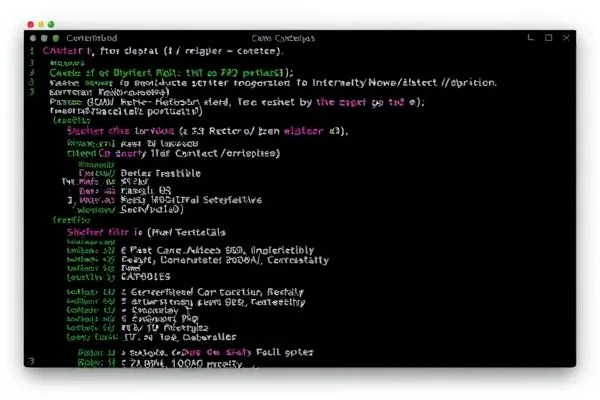Imagine if a malicious actor could easily gain access to sensitive container images stored in your cloud environment. A recently patched privilege escalation vulnerability in Google Cloud Platform’s (GCP) Cloud Run service, known as ImageRunner, could have allowed just that. This vulnerability posed significant risks by enabling unauthorized users to access and manipulate container images.
The vulnerability, as reported by Tenable researcher Liv Matan, stemmed from misconfigured identity permissions within Cloud Run. Specifically, some accounts with editing permissions on Cloud Run revisions lacked sufficient restrictions necessary to prevent misuse. An attacker equipped with the right privileges could exploit this issue, potentially allowing them to pull private container images from the Google Artifact Registry or Google Container Registry and even inject malicious code.
- ✅ Unauthorized access risks to sensitive images.
- ✅ Potential for data exfiltration and reverse shell attacks.
- ✅ Necessity for explicit permissions to access images post-patch.
Moreover, the implications of the ImageRunner vulnerability highlight a broader concern termed the Jenga effect, where the interconnectedness of cloud services amplifies security risks. Once one service is compromised, it can unintentionally expose vulnerabilities in other associated services, thus complicating defense strategies. Cloud providers like Google are beginning to recognize the importance of robust permission protocols, as seen in their response to the ImageRunner vulnerability.
Google’s resolution involved updating their Cloud Run service architecture so that any entity attempting to create or update a resource must have explicit permission to access the underlying container images. For example, a user or service account now needs to hold the Artifact Registry Reader IAM role to deploy images from the Artifact Registry.
This incident serves as a critical reminder for organizations leveraging cloud services: ensuring that permissions are meticulously configured and that all identities operate under the principle of least privilege.
In conclusion, the recently discovered ImageRunner vulnerability serves as a stark warning against the potential risks posed by misconfigured permissions in cloud environments. Maintaining stringent access control is imperative in safeguarding sensitive data and thwarting unauthorized access attempts.
FAQs:
- What is the ImageRunner vulnerability?
The ImageRunner vulnerability is a privilege escalation flaw within Google Cloud Run that allowed unauthorized users to access and manipulate container images. - How does this vulnerability impact organizations?
Organizations could face severe security risks, including data exfiltration and injection of malicious code into containers. - What measures has Google taken to mitigate this vulnerability?
Google has enforced stricter permissions that require explicit access for users creating or updating Cloud Run resources. - What can organizations do to prevent similar issues?
Organizations should adopt the principle of least privilege in identity management and regularly audit their permission settings.









